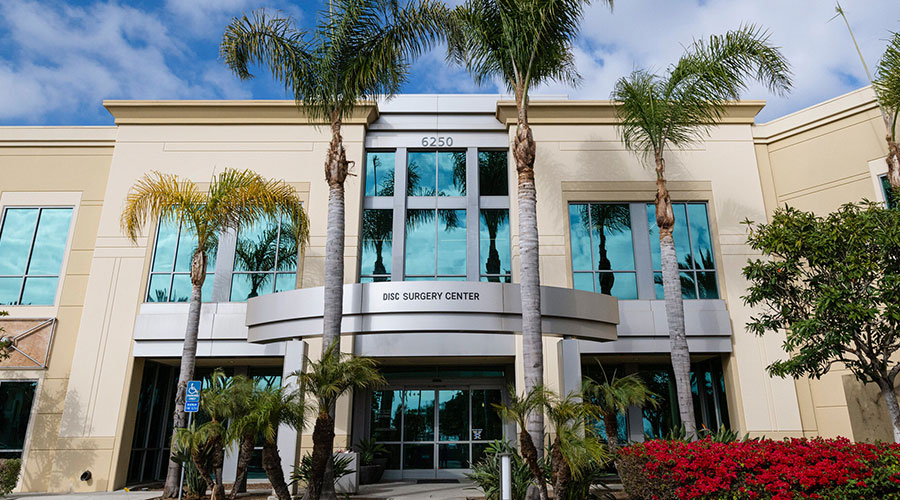The COVID-19 pandemic forced healthcare facilities to adapt quickly to new technologies. Over the past year, planning, design, and construction teams have seen innovative solutions come to market daily. Having a great deal more to evaluate and assess, teams have found that roughly one in 10 new offerings is useful, and maybe one in another 10 is cost- and outcome-effective. It has been a challenge to sort through this volume of pandemic-driven innovations.
Teams have witnessed the proliferation of telemedicine and the push from healthcare professionals to work from home. Amid these changes, teams encountered setbacks in the supply chain that have led to shortages for new construction and the daily operations within healthcare facilities.
Taking all these advances and challenges into consideration, there was much for facilities managers and other team members to gain in 2021 as variable challenges gave way to original and creative solutions that will carry into another new year.
Telemedicine revolution
At the beginning of the pandemic, in-person meetings in the office were out of the question. Teams had to pivot to virtual channels, which led healthcare and software organizations to quickly reconfigure their meeting platforms in a much different way. As with much of the world, teams began with Zoom and have since developed meeting technologies that better allow for interfacing between providers and patients. Patients even use this technology to receive imaging and lab reports.
The efficiency and convenience of these advances are unmatched as travel time between doctor and patient is virtually eliminated. In terms of technology, it was not an evolution. It was a revolution.
Work from home
Facing growing caseloads, a novel virus, and difficult business constraints, managers and teams found that the process of evaluating work-from-home opportunities was no longer a creative brainstorming exercise. It became a critical business imperative. Remote work improves workplace safety, alleviates capacity restrictions, and increases employee efficiency and production.
Healthcare administrations now operate in a hybrid environment, spending around 60 percent of their work time in the office and 40 percent outside. Employees have become more accustomed to flexible environments. These developments have helped address the challenges of spending cuts to business operations.
With so many healthcare administrators continuing to work from home, teams have noticed a permanent shift in plans for medical office buildings. Construction has become largely standardized. A building might have a unique look once finished, but it will arrive at a site as prefabricated parts. In most cases, this evolution has expedited construction and led to an overall safer and cleaner job site.
Supply chain challenges
Planning, design, and construction team struggled to kickstart construction projects due to the ongoing issues with materials and labor shortages. At one point, the price of lumber went up drastically for about 90 days, but by the time teams had developed an innovative solution, prices fell back to normal levels. They learned that reaction times needed to be much quicker and that they had to be ahead of the curve and anticipate construction delays before they happened.
A shortage of skilled labor coming to the market has led to the development of innovative ways to use master craftsmen’s talents, and prefabrication was our solution. They were able to prefabricate parts of hospital environments in a controlled warehouse environment, allowing 12 craftsmen in the warehouse to do the work of an equivalent of 60 craftsmen in the field. Prefabricated construction produces higher quality work and is more efficient, faster, and safer.
Additionally, craftsmen are not subjected to foul weather conditions in a controlled environment, so we can provide more comfortable and safer working conditions. Prefabricated and modular mechanical systems are now standard because virtually anything and everything can be prefabricated. A year ago, teams said this would become standard in three to five years, but it is standard now.
Rapid innovation
The past year has forced many planning, design, and construction teams to reassess and readvise processes. COVID-19 pushed many projects that normally would have taken six, 12 or 18 months to complete and condensed them into a 48-hour turnaround. Creating a master plan used to take months or years, with meetings every quarter and an additional three- to six- month grace period and another 45-90 days for design.
The pandemic has taught teams a great deal about how to work and trust each other differently. In reality, this type of shift has been beneficial to the team environment and has promoted collaboration and innovation at levels not previously seen.
As a result of the need for a quick turnaround, managers and teams have had to consider some of the craziest innovative ideas. Teams have developed a greater level of candor to the point that they have an integrated team that has advanced as a culture. I look forward to the next year and the opportunities that new obstacles will bring to further drive innovation.
Mike Wood is vice president of planning, design, construction, and energy at Medxcel, specializing in the creation, direction, organization, and administration of the firm’s national construction portfolio. Wood brings more than 36 years of experience of leadership with strategic and operations experience in the healthcare sector. Wood is a fellow at Texas A&M University in the departments of architecture and engineering. He serves as the immediate past president of the Association of Medical Facility Professionals and a past president of Colorado Association of Healthcare Engineers and Directors and the IFMA Health Care Institute.

 Enhancing Safety at Hennepin Healthcare with a Screening System
Enhancing Safety at Hennepin Healthcare with a Screening System Healthcare Workers Outside Butler Memorial Hospital for Increased Workplace Safety
Healthcare Workers Outside Butler Memorial Hospital for Increased Workplace Safety TriasMD Set to Open DISC Surgery Center at Carlsbad
TriasMD Set to Open DISC Surgery Center at Carlsbad Columbia Eye Clinic Ensnared in Data Security Incident
Columbia Eye Clinic Ensnared in Data Security Incident 7 Steps for Strategic Technology Integration in Healthcare Facilities
7 Steps for Strategic Technology Integration in Healthcare Facilities